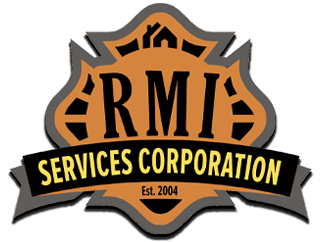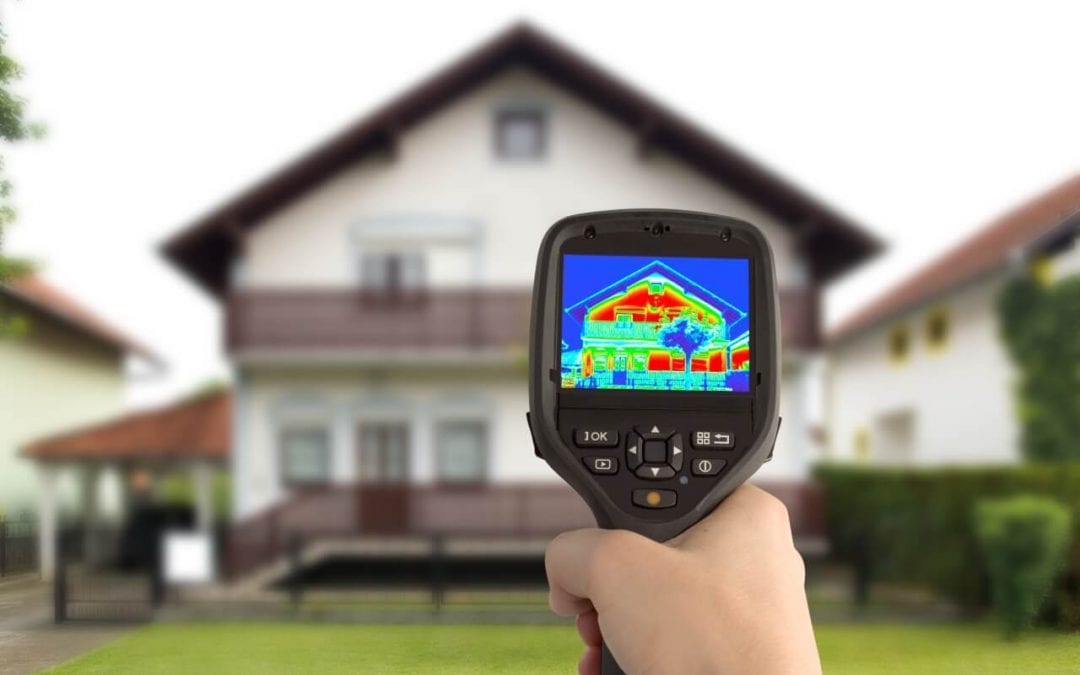Benefits of Thermal Imaging During an Inspection
Thermal imaging shows the level of heat energy that’s emitted by an object. An inspector who understands how to interpret a thermal scan uses this technology to determine if everything is working properly. Thermal images illustrate the differences in temperature throughout your home. They alert a well-trained inspector to problems that aren’t apparent with the naked eye.
What Can be Detected by Thermal Imaging in Home Inspections?
A thermal camera allows a home inspector to see heat signatures around the property. This can help them find hidden problems with insulation, electrical wiring, moisture, and air circulation.
Problems With Energy Efficiency
When your home isn’t sealed properly, you waste money trying to maintain a comfortable temperature. During the winter, your heating will work harder to keep the air warm since cold air is also coming into the home. In the summer, the AC will face a similar problem as cooler air escapes and hot air enters. With thermal imaging, the inspector can detect insulation issues and gaps that reduce energy efficiency.
Problems with Electrical Wiring
Electrical systems don’t overheat when functioning properly. Your entire system should read at a safe temperature when viewed through a thermal imaging camera. If there is an area emitting more heat than others, this is a sign of a problem. These issues should be addressed immediately as overheating electrical components can cause a house fire.
Thermal Imaging in Home Inspections Can Detect Problems with Moisture
Issues like flooding, major leaks, and stains are obvious signs of water problems, but there are hidden issues that go unnoticed during a standard inspection. Infrared imaging helps to find areas of excess moisture that display as a cooler temperature. A home inspector can identify smaller leaks and hidden damp spots that contribute to mold and other problems with the use of this technology.
Choose an Inspector who Uses Thermal Imaging in Home Inspections
Thermal imaging isn’t quite as exciting as x-ray vision, but it is helpful for uncovering hidden problems in a home. You’ll receive an extra bit of information when hiring a professional who uses a thermal camera. Since the point of an inspection is to find any issues with your house, invest in an inspector who’s able to conduct a more thorough search.
RMI Inspection Services provides home inspections and uses a thermal imaging camera. Contact us to schedule our services in South Florida.

